Ship 150 of Regiment 171 (now Brigade 171) tows a minesweeper launching wire frame on the channel into Hai Phong port, 1972.
Reviewing glorious history
Seeing the special importance of the rivers and seas of the North as an important bridge to the battlefield in the South, from the beginning of May 1972, the US imperialists maliciously used planes to drop thousands of mines and magnetic bombs on the river mouths and sea mouths of the North.
Thoroughly grasping the policy of the Party Central Committee, Uncle Ho, the Central Military Commission, the Ministry of National Defense , the Vietnam People's Navy determined to defeat the enemy's tricks. In particular, Regiment 171 was assigned the task of being the leading unit, coordinating with other units and forces, conducting mine and magnetic bomb sweeps, ensuring safe passage for ships on the main channel in and out of Hai Phong port.
It can be said that the first days of embarking on the minesweeping and removal were full of hardships and challenges, the officers and soldiers of Regiment 171 had to gamble with their own lives. To ensure secrecy, the Regiment's ships had to approach the minefield in the dark, the enemy mines could explode at any time from all four sides, right under the ship's hull, it was truly a battle of wits for the officers and soldiers. Danger lurked, health declined, but with courage, intelligence and creativity, the officers and soldiers of Regiment 171, together with the technical officers of the Army Corps and the Navy Engineering Team, successfully salvaged and removed the first MK-52 mine of the enemy in the northwest area of Den Nom, the entrance to Hai Phong port on May 13, 1972.
In mid-May 1972, ship 150 and canoe C53 of the Regiment were assigned to pilot the mine clearance using a magnetic wire frame machine and successfully detonated the first MK-52 mine on June 15, 1972 in the sea area of Hoang Chau commune, Cat Hai district. Later, ship 412 was installed with an improved wire-wound magnetic launcher. This is an extremely powerful magnetic launcher. When fully installed, ship 412 is like a giant magnet, capable of detonating all types of induction mines. However, the risk of the ship being hit by a mine exploding nearby is very high, and may result in losses and casualties. Officers and soldiers of ship 412 determined that the mine clearance mission was a suicide mission. Fortunately, on the first test, ship 412 successfully detonated the MK-52 mine at Nam Trieu estuary on the night of July 27, 1972. This initial victory not only made the cadres and soldiers understand the features of enemy weapons, but also strengthened their belief in our ability to win.
In the following period, the ships of the 171st Regiment continued to be assigned to test new types of vehicles and equipment for mine clearance. Regardless of day or night, whether the summer sun was scorching or the storm was biting, under the fierce bombardment of the enemy, the officers and soldiers of the Regiment were not shaken. Sometimes, mines exploded nearby, causing a strong shock that made the soldiers faint, but when they woke up, they continued to persistently search for enemy mines. There was a peak period, the soldiers of the Regiment had to stay awake for dozens of nights in a row without sleep to organize the clearance. Despite being physically exhausted and mentally stressed, the ships of the Regiment were still determined to clear the waterways, contributing to the liberation of thousands of tons of goods for trade, serving the people's livelihoods and opening a channel to support human and material resources for the southern battlefield.
In July 1972, the anti-blockade fight entered a fierce phase. The Regiment's ships were still enthusiastic and diligent, holding on to the enemy's minefields, trying to increase the clearance time each day to 10 to 12 hours to quickly clear the channel. The enemy's improved mines were removed one by one; their minefields were continuously destroyed. At the end of September 1972, the Cua Cam - Do Son channel was cleared, hundreds of local transport and fishing boats entered the lagoon, went out to sea to produce and fish.
In the last days of December 1972, the US imperialists frantically laid mines in the sea areas of Hai Phong. Although the enemy used a thousand tricks, the minesweepers of the Regiment with the spirit of "fighting the enemy to advance, opening the channel to go" remained steadfast and brave, sticking to the minefield. With such utmost efforts, on January 18, 1973, the Command of the Military Service announced the opening of the main Nam Trieu channel.
Title of Hero of the People's Armed Forces
From the beginning of 1973, immediately after the Paris Agreement was signed, the 171st Regiment was assigned by the Navy to coordinate with other forces to sweep away and thoroughly resolve the consequences of enemy mines dropped during the war in the Hai Phong sea area - the most important sea traffic gateway of the North. At the same time, it monitored the activities of the US Navy to overcome the consequences of mines according to the provisions of the Paris Agreement.
Canoe with 480 magnetic catapult of Regiment 171 (now Brigade 171) clearing mines at Hai Phong port, summer 1972.
Faced with this important and urgent task, the Regiment focused on rearranging its forces and equipping its combat ship units with additional clearance equipment. In mid-March 1973, across all waterways, river mouths, ports, and bays in the Hai Phong area, the Regiment's clearance boats "plowed and re-plowed" across and across dozens of times, meeting technical and tactical requirements. In some places, troops swept hundreds of times continuously in a day and night. As a result, the 171st Regiment coordinated with friendly units, divided the clearance area, detonated 11 mines and magnetic bombs, and cleared the waterway before March 15.
After 13 months of operation and fighting on the front line against the enemy blockade at Hai Phong seaport, the Regiment successfully completed the task of clearing minefields and magnetic bombs dropped by the enemy. During the fierce and fierce fighting of nearly 400 days and nights, the Regiment mobilized 250 ships and canoes, traveling 3,960 nautical miles on the minefields and under the enemy's bombs and bullets. The entire unit removed and detonated 152 minefields and magnetic bombs and neutralized thousands of others, leading 63 domestic and foreign transport ships to and from Hai Phong port safely.
On September 3, 1973, Battalion 1 - the main force of the Regiment undertaking the task of fighting the blockade in the key sea area of Hai Phong was honored by the Party and State with the title of Hero of the People's Armed Forces. Dozens of officers and soldiers of the Regiment with outstanding achievements were commended by their superiors.
With the victory in the Hai Phong sea area and other sea areas of the North, Regiment 171 together with the anti-blockade forces of the Navy successfully completed the strategic combat mission, contributing to the success of our entire people in defeating the enemy's second destructive war in the North and the historic strategic offensive in 1972 on the Southern battlefield, forcing the US imperialists to sign the Paris Agreement, pledging to respect our independence, sovereignty , unity, and territorial integrity.
The 50th anniversary of the victory against the US imperialists who blockaded the rivers and seas of the North with mines and magnetic bombs is an opportunity for officers and soldiers of Brigade 171 to review traditions and recall heroic memories of a fiery time. At the same time, we must not forget the losses and sacrifices of previous generations of fathers and brothers, whose blood has written one of the eight most outstanding victories of the Navy. Inheriting and promoting the tradition of fighting the blockade of the 171st Regiment in the past, the officers and soldiers of the 171st Brigade today are determined to strive to build an increasingly standardized and modern Brigade, embellishing the tradition of "Fighting bravely, overcoming difficulties, continuously sticking to the sea, determined to fight and win", contributing worthily to the cause of protecting the sovereignty of the sea, islands and continental shelf of the Fatherland in the new situation. |
Colonel Nguyen Dinh Giang
Brigade Commander 171
Source link


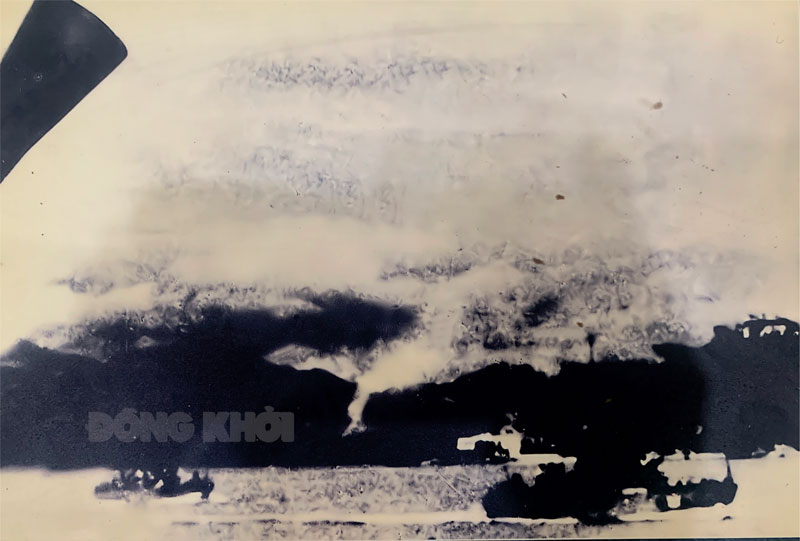
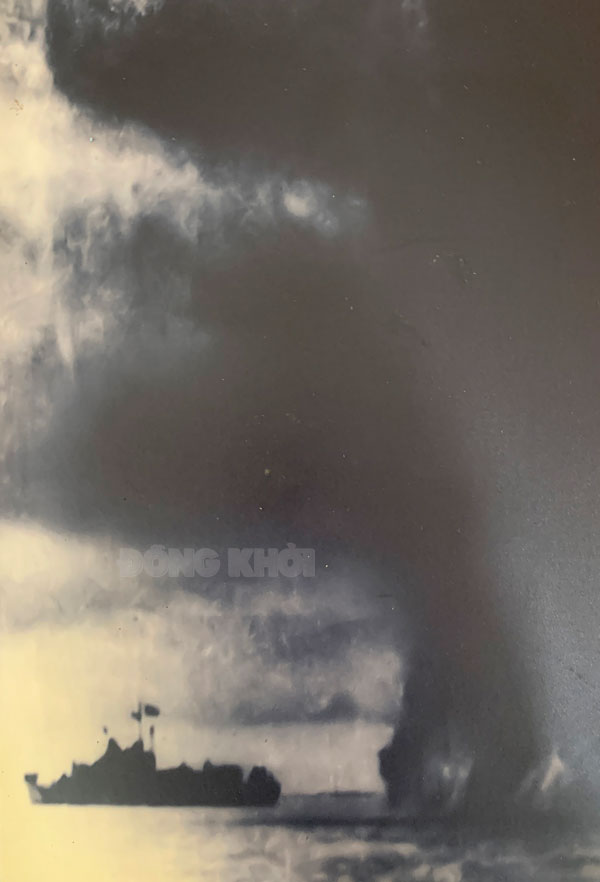

![[Photo] Vietnamese and Hungarian leaders attend the opening of the exhibition by photographer Bozoky Dezso](https://vphoto.vietnam.vn/thumb/1200x675/vietnam/resource/IMAGE/2025/5/28/b478be84f13042aebc74e077c4756e4b)
![[Photo] Prime Minister Pham Minh Chinh receives a bipartisan delegation of US House of Representatives](https://vphoto.vietnam.vn/thumb/1200x675/vietnam/resource/IMAGE/2025/5/28/468e61546b664d3f98dc75f6a3c2c880)
![[Photo] General Secretary To Lam works with the Central Policy and Strategy Committee](https://vphoto.vietnam.vn/thumb/1200x675/vietnam/resource/IMAGE/2025/5/28/7b31a656d8a148d4b7e7ca66463a6894)
![[Photo] 12th grade students say goodbye at the closing ceremony, preparing to embark on a new journey](https://vphoto.vietnam.vn/thumb/1200x675/vietnam/resource/IMAGE/2025/5/28/42ac3d300d214e7b8db4a03feeed3f6a)






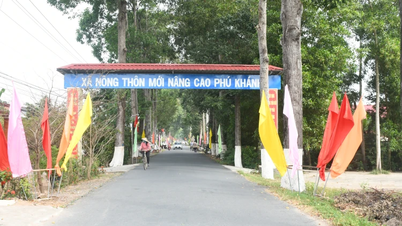
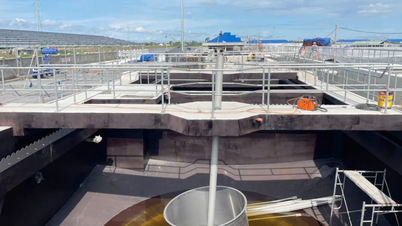








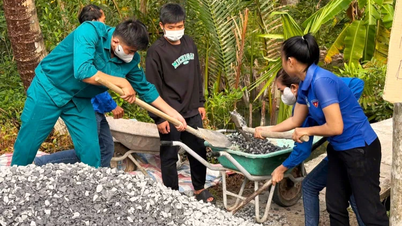





















































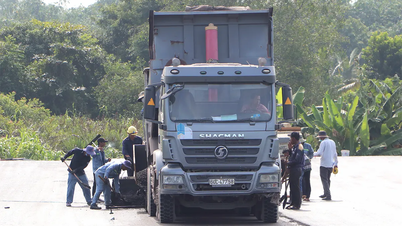



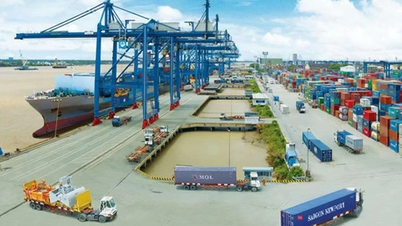








Comment (0)